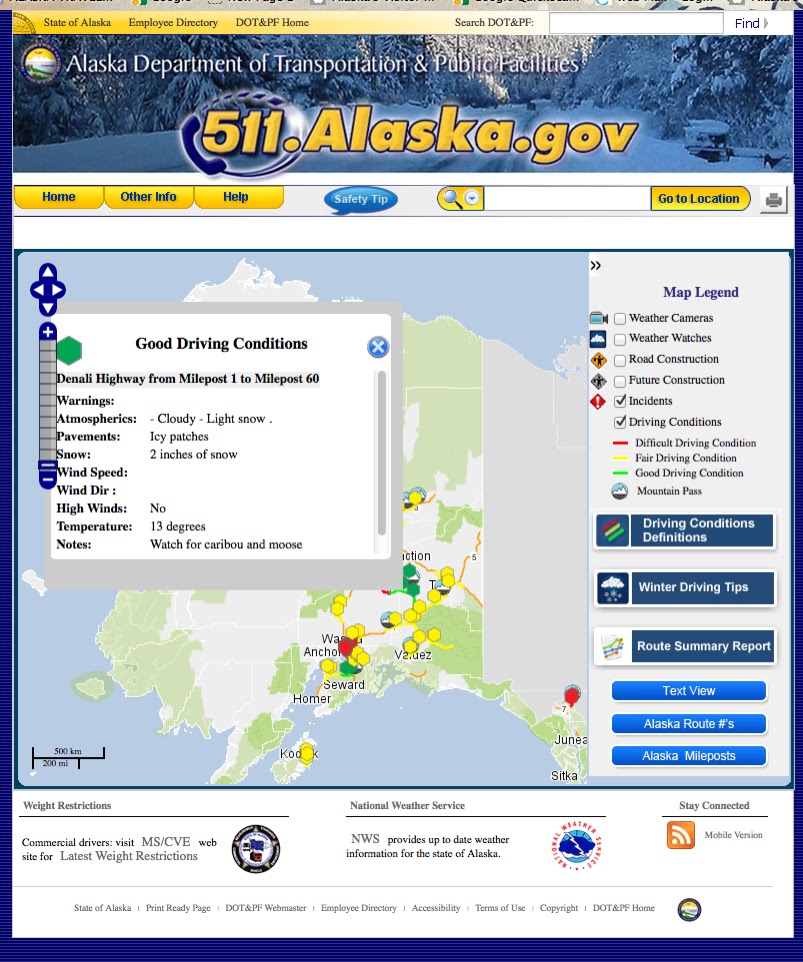Tobacco Rates In Alaska Going Down, But Still High Compared To Rest Of U.S.
Tobacco use in Alaska continues to decline, though rates still above US averages State statistics show dramatic declines in cigarette smo...
Tobacco use in Alaska continues to decline, though rates still above US averages
Yereth Rosen
Alaska Beacon
Smoking has steadily declined in Alaska over the past decades, evidence that coordinated health campaigns mounted over several years have been effective, a new report from the state Department of Health said.
Adult cigarette smoking rates fell to 16 percent in 2023 from 28 percent in the 1990s, according to the Alaska Tobacco Prevention and Control Program’s annual report, released Wednesday. Among Alaska Native adults, who have long had higher rates of smoking use than the state average, the declines were notable: down to 29 percent in 2022 from 41 percent in 2013.
However, about one in four Alaska adults used tobacco or nicotine products in 2023, the report said. That rate has remained constant over several years.
Among Alaska youths, both cigarette smoking and the use of electronic cigarettes have declined, indicating that public health campaigns have been effective, the report said.
Youth smoking rates declined from 37 percent in the mid-1990s to 7 percent in 2023, the report said. A sharp decline coincided with the state’s decision in the 1990s to dramatically increase the tax on cigarettes and other tobacco products. The increase, in 1997 legislation, gave Alaska what was at the time the nation’s highest tobacco tax, and it was geared toward discouraging youth from taking up the habit.
Youth use of electronic cigarettes, products that are newer on the market, has also declined, from 26 percent in 2019 to 17 percent in 2023, the year with the most recent data from the Alaska Youth Risk Behavior Survey.
Christy Knight, manager of the Alaska Tobacco Prevention and Control Program, said the decline in use of e-cigarettes has come amid a coordinated education campaign within schools and elsewhere.
Still, the 17 percent rate “is still quite high,” Knight said. “We still have a lot of work to do, but we know that what we’re doing has brought it down and we can continue to bring that down with these comprehensive partnerships and approaches.”
The declines in Alaska tobacco use come amid big declines nationally, and Alaska’s tobacco-use rates remain higher than national averages.
Among adults nationally, cigarette smoking declined from 42.4 percent in 1965 to 11.6 percent in 2022, a 60-year low, according to the CDC. About 1 in 5 U.S. adults used tobacco products of any kind in 2022, according to the CDC.
Among youths nationally, use of tobacco products nationwide hit a 25-year low last year, according to the CDC. Only 1.4 percent of U.S. high school and middle school students reported last year that they regularly smoke cigarettes, and 5.9 percent reported regular use of e-cigarettes, according to the CDC.
Within Alaska, tobacco and nicotine users have demonstrated strong interest in quitting those habits, the state report said. Last year, 1,816 people made use of services provided through the Alaska Tobacco Quit Line, a free state program, the report said.
But education and cessation efforts face some additional challenges in rural areas of the state, Knight said.
One is the relative lack of access to health care resources, she said. Primary health providers are key to inspiring people to quit tobacco, but rural residents may be missing that inspiration, she said.
“If somebody’s in a community where they don’t have access to that provider, that can impact whether or not they’re being advised to quit at the same rate as people who are in communities that do have easy access to a health care provider,” she said.
Disparities can result from other factors, such as poverty and discrimination that make it harder for people to know about or get services, or tobacco marketing campaigns that target certain population segments, she said.
In recent years, health organizations and tribal governments in rural areas have stepped up their tobacco prevention and cessation programs, the state report said.
Knight cited the Yukon-Kuskokwim Health Corp. tobacco control program as one example. That tribal health organization provided information that helped convince the Bethel City Council to expand its city tobacco tax to include nicotine-containing products like e-cigarettes, and it regularly refers patients for tobacco-cessation services, the report noted.
Taxes continue to be used as a tool around the nation to discourage smoking or vaping, but Alaska has no state tax on e-cigarette products.
For the third time, state lawmakers are working on legislation to impose taxes on those products.
One bill to do that was passed by the Legislature in 2022 but was vetoed by Gov. Mike Dunleavy. The sponsor, Senate President Gary Stevens, R-Kodiak, introduced another version in 2023, but that bill failed to move forward after the House last year altered it and removed the e-cigarette tax provisions.
Now Stevens has introduced a new version, Senate Bill 24, that had reached the Senate Finance Committee as of late April. A House version, House Bill 49, is pending in that body’s Finance Committee.
Dunleavy has not decided yet whether to sign or veto a bill with an e-cigarette tax, said spokesperson Jeff Turner. “If and when it passes, and is transmitted to the governor’s office, he will review the bill and make a determination,” Turner said by email.
 |
| "Good Advice" about tobacco, alcohol and drugs in Gulkana. (Country Journal Archive) |
Alaska last raised its state tobacco tax in 2006. Several municipalities have their own taxes on tobacco and e-cigarette products.
While smoking and youth vaping have declined, Alaskans’ use of smokeless tobacco products has remained steady over several years, according to department statistics. From 2011 to 2023, that rate remained around 6 percent, according to the Alaska Behavioral Risk Factor Surveillance System.
 |
| Tobacco Quitline billboard at Anchorage International, 2019. (Photo, Country Journal) |
Among Alaska smokeless tobacco users, nearly 16 percent used iqmik, a potent mixture of tobacco and fungus and plant ash that is traditionally used in parts of Western Alaska, according to state statistics. The use of iqmik was showed distinct patterns, according to the department’s data. Among Alaska Native adults who used smokeless tobacco products between 2021 and 2023, about a third used iqmik, Knight said. And among Southwest Alaska residents who used smokeless tobacco between 2021 and 2023, about two-thirds used iqmik, she said.
 |
| Gold Rush era chewing tobacco package in the Copper Center Museum: "Chew Not Smoke," |

















